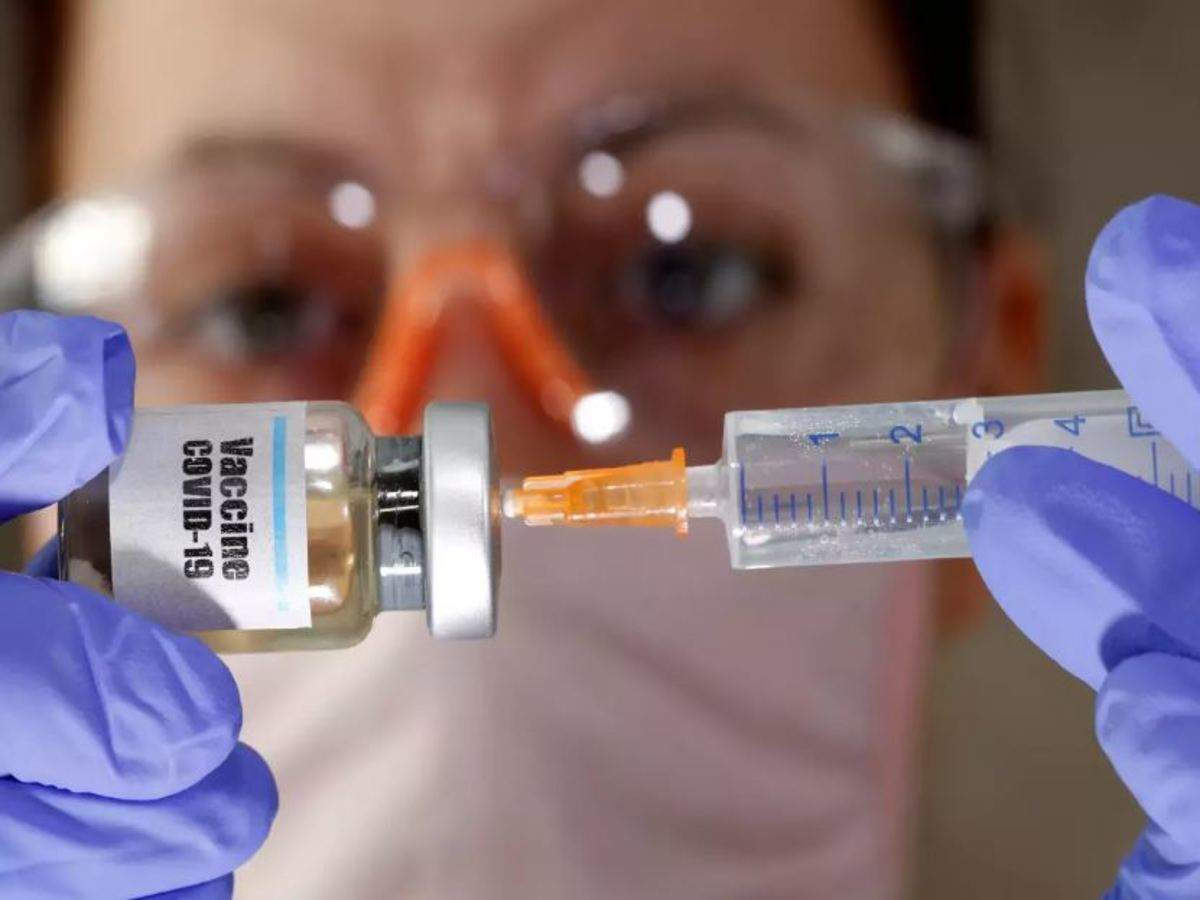COVID-19: Why Are COVID-19 Cases Falling In India? Finally, Experts Have Clues About This Puzzle! Now, In Terms Of Covid-19 Vaccine Doses Administered, India Is The 3rd Topmost Country In The World!

Many reports by experts indicate that the imposition of strict mask mandates in the country may have contributed to the reduction in cases.
The number of recorded cases in India went from a few in one day and eventually picking pace with thousands of cases reported in just 24 hours.
On March 3, 2020, only 3 cases were reported in one day. The number increased to about 350 cases every day in the first week of April, reaching 2500 cases in a day come May, 2020.
The country achieved a daily peak, with 97,895 cases saw on September 16. Within a week, the number of cases exceeded 90,010, which marked the worst stage of the country’s coronavirus spread.
A country that has reported so many cases is now reporting a sharp decline in the number of new coronavirus cases.
Recently, the Ministry of Health of India stated that the reason for the decrease in cases can be attributed to factors such as contact tracing and robust testing efforts. However, the reasons cannot fully explain the sharp decline in the COVID-19 cases.
Within a few days, the situation changed rapidly, with India reporting less than 10,000 cases a day. To be sure, the vaccination started only a month ago, and it only targets frontline workers and healthcare.
The vaccination administration cannot bring about this change in the number of coronavirus cases in the country.
Many reports by experts indicate that the imposition of strict mask authorization in the country can be a reason for lower cases.
In a report by NPR, a health economist at Georgetown University, Jishnu Das, pointed out that this is not the case with the reduction in testing or not being reported cases. But the masks and strict measures may have played a major role. If it is found that people don’t wear masks, many cities in India will start charging people fine.
In addition to this, researchers in many scientific articles claim that warm and humid climates can reduce the spread of COVID-19 transmission.
Some studies have also pointed out that virus droplets suspended in the air may stay in the air longer when the air is dry and cold.
However, as far as India is concerned, this may or may not be correct, because many places have witnessed extreme cold weather and cold waves in many northern states.
Some experts also suggested that, given that India is prone to many diseases such as cholera, typhoid fever, malaria, dengue fever, and hepatitis, people have higher immunity. Don’t forget that the population in India is quite young.
Only 6% of Indians belong to the category of 65-years and above, and more than half of Indians are under 25. Younger people are less likely to die from a disastrous infection, and if infected, they are more likely to be asymptomatic.
Another important aspect of the Indian coronavirus story is that India reached its peak when other countries managed to contain the spread of the coronavirus before the second wave hit.
Therefore, after gradually reaching its peak (six months after the outbreak), the number of cases is now on a downward side.
However, no matter what causes the reduction in cases, it should be noted that the epidemic in India is not over yet, and despite the introduction of the vaccine, people still need to be more cautious.
The Indian government also urges people not to relax their vigilance and take necessary precautions.
In terms of Covid-19 vaccine doses administered, India is now the third topmost country in the world

The Union Ministry of Health said on Sunday that India has become the 3rd topmost country in the world in terms of the number of coronavirus vaccine doses administered. Only the United Kingdom and the United States remain ahead of India.
According to the ministry, the 12 states of India have vaccinated more than 200,000 beneficiaries each. Uttar Pradesh alone accounted for 6,73,543 of all vaccinated beneficiaries.
As of 8 a.m. on February 7, a total of 5.775 million beneficiaries had received the vaccine during the nationwide coronavirus vaccination campaign.
According to the Ministry of Health, the cumulative vaccinations include 4,70,776 front-line workers and 53,04,546 medical staff.
Within 24 hours, 3,58,473 beneficiaries were vaccinated across 8,875 sessions. So far, 1,15,178 meetings have been held.
The Ministry of Health said: The number of beneficiaries receiving vaccination every day has been continuing to increase.

It said: In another important development, the country has reported fewer than 80 deaths per day in the past 24 hours, the lowest in nine months.
The country’s total active cases of coronavirus are 148,000, accounting for 1.37% of India’s total infection rate.
India’s cumulative recoveries surged to 1.05 crore. Within 24 hours, a total of 12,059 new daily cases have been recorded, while 11,805 patients recovered and were discharged during the same period.
The Ministry of Health stated that 81.07% of the newly discovered cases are concentrated in 6 states and UTs.
Kerala reported the maximum number of recoveries in a single day, with 6,179 newly discovered cases. In the past 24 hours, a total of 1,740 people recovered in Maharashtra, followed by 504 people in Tamil Nadu.
The ministry stated that 84.83% of new cases every day came from 6 states and UTs.
Kerala reported the highest number of new daily cases at 5,943. Maharashtra followed closely with 2,768 cases, and Karnataka reported 532 new cases.
In a span of 24 hours, a total of 78 fatalities were recorded.
UTs and Five states accounted for 69.23% of daily fatalities. Maharashtra has the highest number of casualties (25). According to the ministry, 16 people die every day in Kerala and 5 casualties reported in Punjab.
Seventeen states and UT did not report any deaths in a span of 24 hours. These include Puducherry, Jammu, and Kashmir (UT), Jharkhand, Haryana, Goa, Meghalaya, Assam, Nagaland, Lakshadweep, Manipur, Ladakh (UT), Sikkim, Andaman and Nicobar Islands, Arunachal Pradesh, Tripura, and Mizoram.






